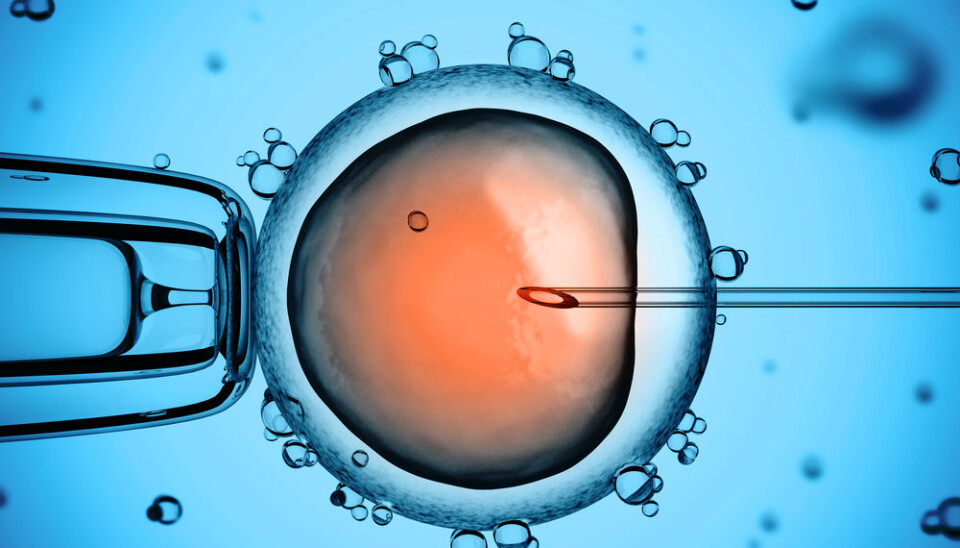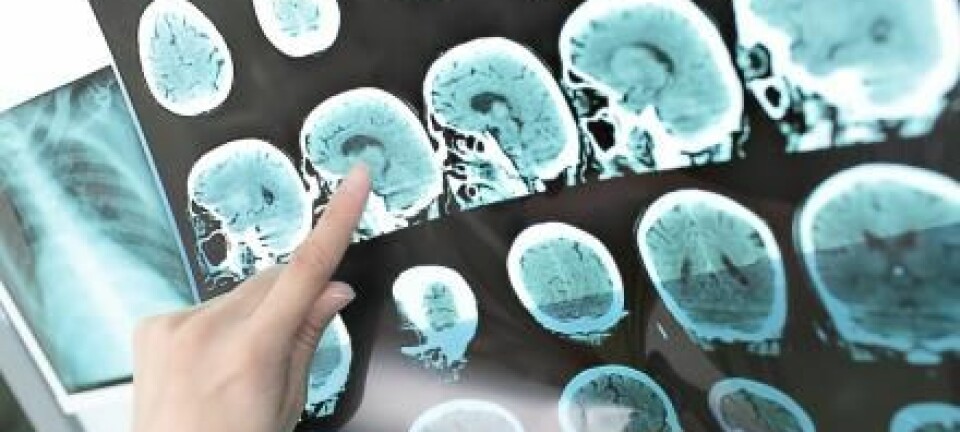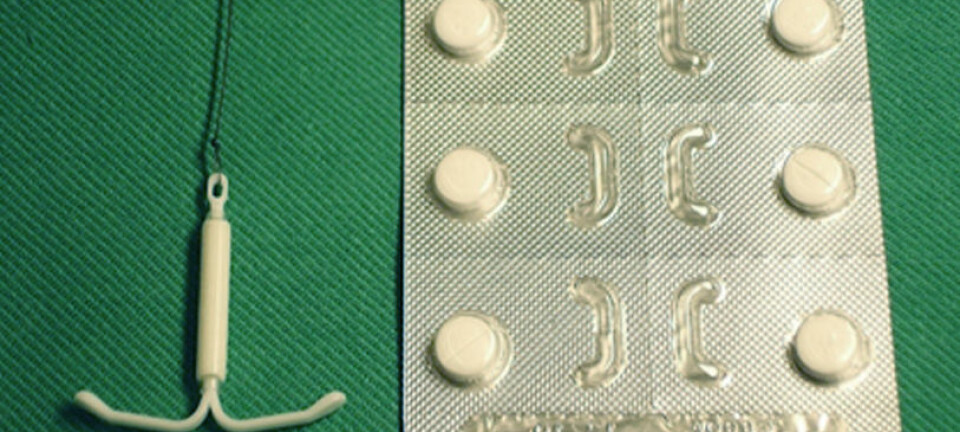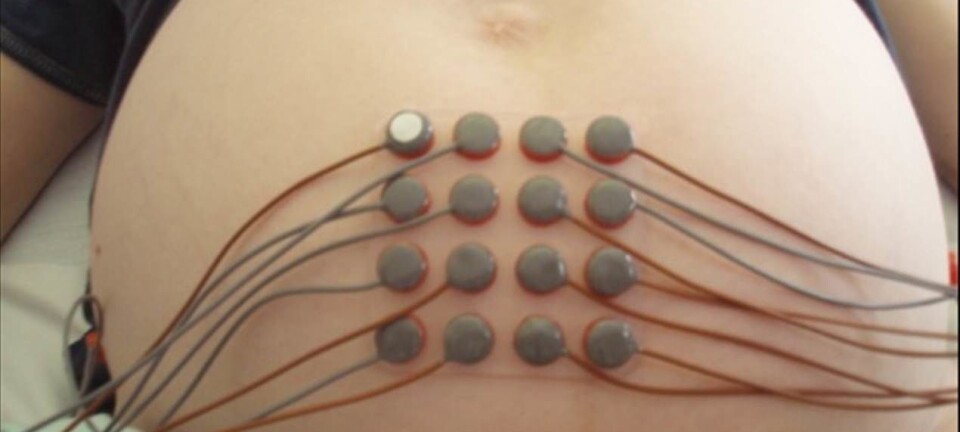
New material can restore the body's damaged tissue
Researchers have developed a new material that allows the body to generate new tissue by itself.
To most people scaffolding is associated with window cleaners or builders, but at Aarhus University a new type of scaffolding has been developed for a rather different purpose. This scaffolding is thin and soft and is believed to help stem cells restore damaged tissue.
"So far we've tested it on mice and rats. But there's still some way to go before we can use this scaffolding on humans" says Menglin Chen, assistant professor and group leader from iNANO at Aarhus University.
Chen is one of the researchers behind the project, which was recently published in Nature Scientific Reports.
Paper-thin material holds tissues together
The so-called scaffolding is constructed of biodegradable nanofibers. The material mimics the structures in the body that hold cells together and supports body tissue. This new material is thin as paper and can be sewn onto the living tissue.
Researchers produced the fibres using a hydrogel and signal molecules that help cells to turn specific genes, on and off. In doing so, they could make the stem cells develop into the desired tissue.
"We have made the stem cells from ordinary skin cells. Then we have made the stem cells stick to the scaffolding and form new fibroblastic connective tissue. So far, we have gotten it to work in mice and rats, so it does not say a lot about how it will work in humans. The next step is to test it out on larger animals such as pigs and sheep, "explains Chen.
Sheep in particular can experience the same problems with a sagging of the pelvic organs after breeding.
This could herald new treatments for repairing torn or weakened tissues
According to Chen, there is a need for new tissue repair treatments as existing methods are far from optimal.
Among other things, it could be used to stich tissues together, including connective tissue around the abdomen, including cases of uterine prolapse (see fact box). However, it needs to be re-operated on in up to 30 percent of all cases.
Synthetic material previously tried in these treatments, are shown to cause damage to the tissue and so their use has now virtually stopped. Eventually, this new scaffold material should offer an improvement for patients.
-------------
Read the original article in Danish on Videnskab.dk
Translated by: Catherine Jex








